Matthieu Le Goff
High performance Lunar landing simulations
Sep 17, 2024

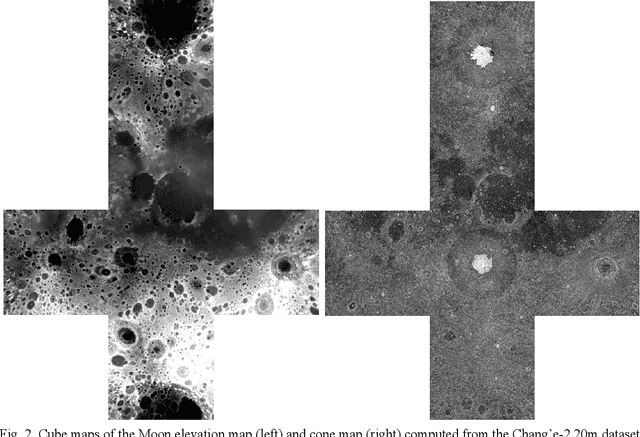

Abstract:Autonomous precision navigation to land onto the Moon relies on vision sensors. Computer vision algorithms are designed, trained and tested using synthetic simulations. High quality terrain models have been produced by Moon orbiters developed by several nations, with resolutions ranging from tens or hundreds of meters globally down to few meters locally. The SurRender software is a powerful simulator able to exploit the full potential of these datasets in raytracing. New interfaces include tools to fuse multi-resolution DEMs and procedural texture generation. A global model of the Moon at 20m resolution was integrated representing several terabytes of data which SurRender can render continuously and in real-time. This simulator will be a precious asset for the development of future missions.
Training Datasets Generation for Machine Learning: Application to Vision Based Navigation
Sep 17, 2024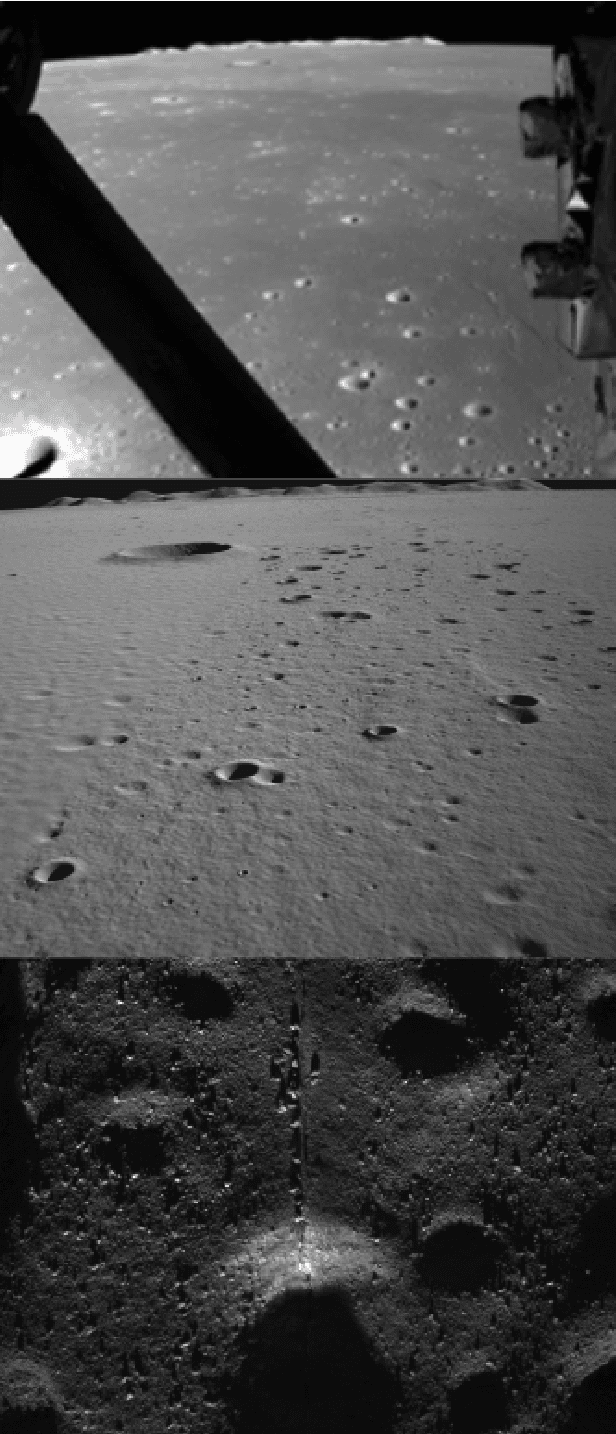

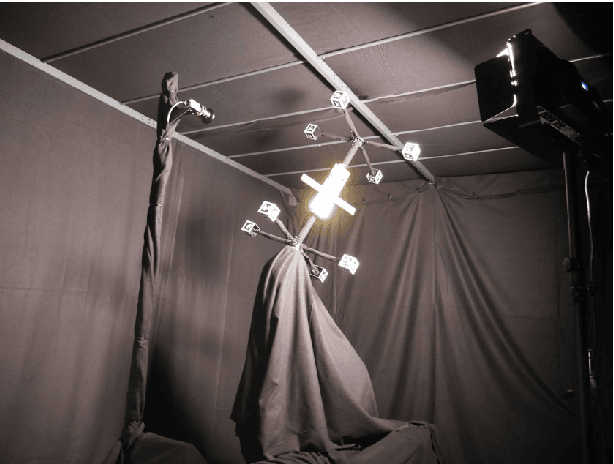
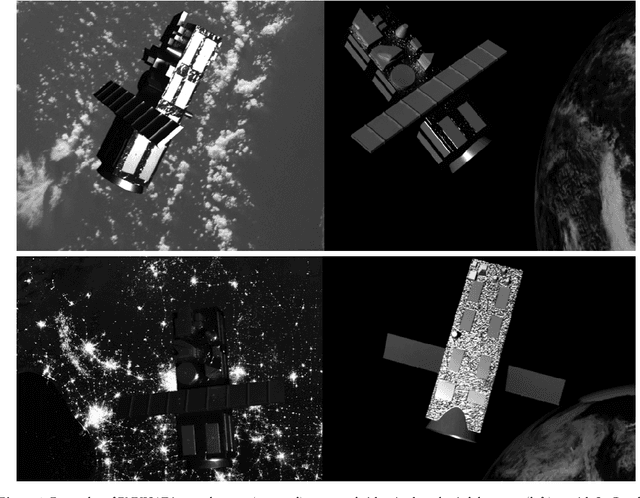
Abstract:Vision Based Navigation consists in utilizing cameras as precision sensors for GNC after extracting information from images. To enable the adoption of machine learning for space applications, one of obstacles is the demonstration that available training datasets are adequate to validate the algorithms. The objective of the study is to generate datasets of images and metadata suitable for training machine learning algorithms. Two use cases were selected and a robust methodology was developed to validate the datasets including the ground truth. The first use case is in-orbit rendezvous with a man-made object: a mockup of satellite ENVISAT. The second use case is a Lunar landing scenario. Datasets were produced from archival datasets (Chang'e 3), from the laboratory at DLR TRON facility and at Airbus Robotic laboratory, from SurRender software high fidelity image simulator using Model Capture and from Generative Adversarial Networks. The use case definition included the selection of algorithms as benchmark: an AI-based pose estimation algorithm and a dense optical flow algorithm were selected. Eventually it is demonstrated that datasets produced with SurRender and selected laboratory facilities are adequate to train machine learning algorithms.
Image simulation for space applications with the SurRender software
Jun 21, 2021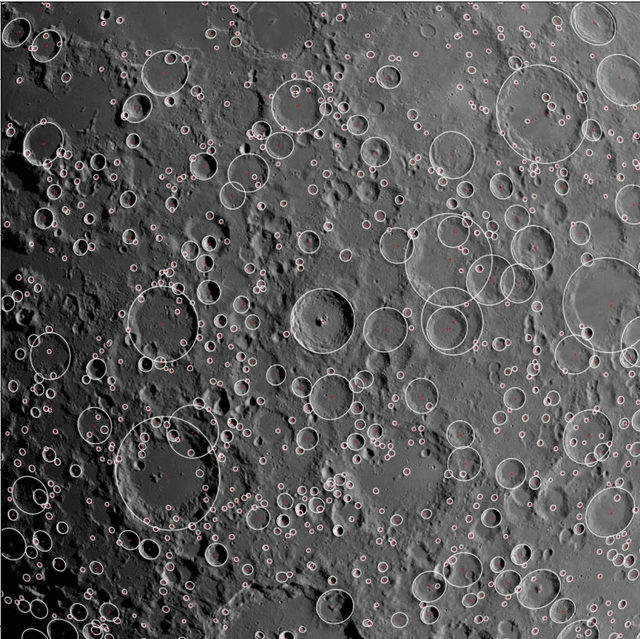
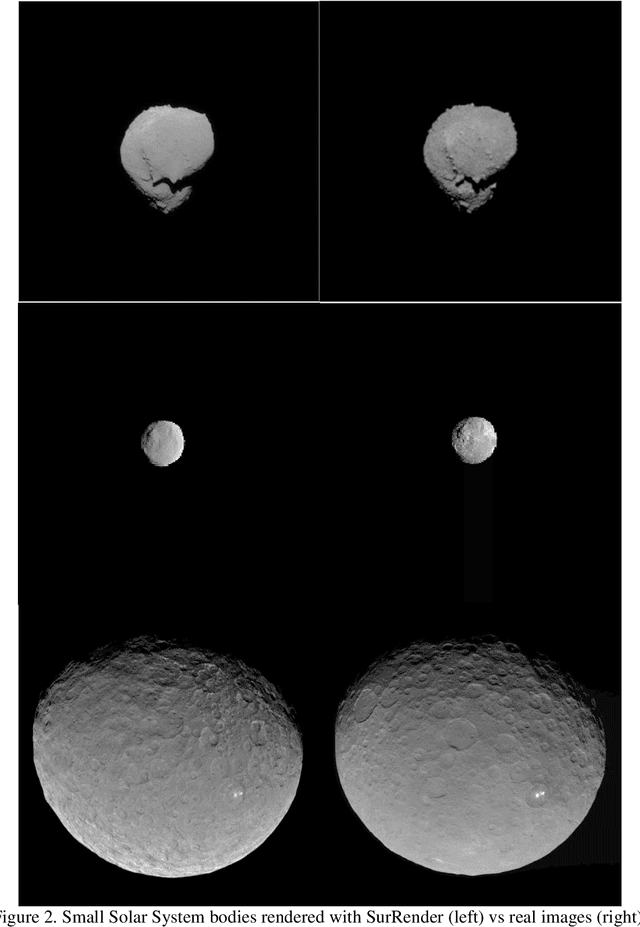

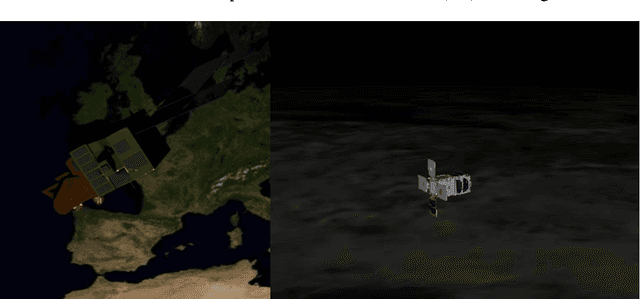
Abstract:Image Processing algorithms for vision-based navigation require reliable image simulation capacities. In this paper we explain why traditional rendering engines may present limitations that are potentially critical for space applications. We introduce Airbus SurRender software v7 and provide details on features that make it a very powerful space image simulator. We show how SurRender is at the heart of the development processes of our computer vision solutions and we provide a series of illustrations of rendered images for various use cases ranging from Moon and Solar System exploration, to in orbit rendezvous and planetary robotics.
 Add to Chrome
Add to Chrome Add to Firefox
Add to Firefox Add to Edge
Add to Edge